AARP Hearing Center


Summer is weekend getaway time, and we can't wait to go! So, here's the problem: We're terrible packers. We stuff our suitcase, take too many clothes (or the wrong ones), forget essentials and end up making a pit stop at Target or CVS. Well, here's a chance to change all that. Here are 10 tips to lighten the load, upgrade your packing skills and guarantee a “sun-sational” vacation.

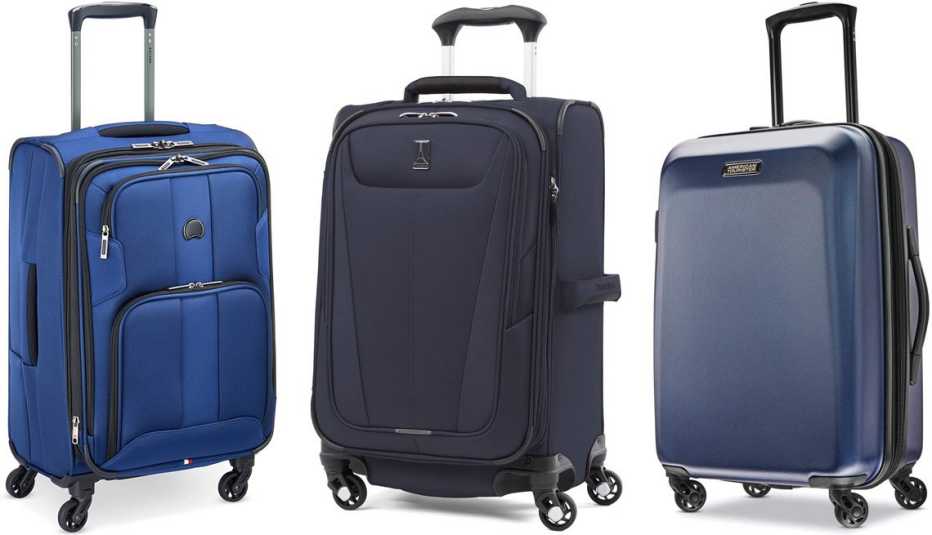
1. Take a suitcase that's easy to pack, lift and roll
Whether you're flying or driving, keep the “you-haul” small but sturdy. An airline-size carry-on — about 22 inches long by 14 inches wide by 9 inches high — is ample for a four-day weekend (check exact dimensions with your airline if you fly) but keeps you from taking too much. Look for bags that specify being lightweight, such as the American Tourister Moonlight Hardside Expandable Luggage with Spinner Wheels, Carry-On 21-Inch in Navy ($70, amazon.com), Delsey Paris Sky Max 2.0 Softside Expandable Luggage with Spinner Wheels Carry-On 21-Inch in Steel Blue ($78, amazon.com) or the TravelPro Maxlite 5 21” Expandable Carry-On Spinner in Midnight Blue or Slate Green ($127, travelpro.com) — so worth a splurge if your old bag is big, heavy or wheel-less. FYI: A hard-side case is squash-, water- and stain-resistant and opens like a book; a soft-side case makes last minute cramming easy and has outer pockets for jackets and travel essentials. Your back, shoulders, neck, hips and clothes will thank you, either way.
2. Swap your leather bag for a nylon one
A nylon bag can double as a chic beach and sightseeing bag. Sturdy nylon styles like the Baggu Cloud Bag in Lentil, Pinto or Black ($56, baggu.com), Everlane The Oversize Carryall in Black or Breen ($68, everlane.com) or Longchamp Le Pliage Club Small Shoulder Tote in Gun Metal/Silver or Black/Silver ($140, bloomingdales.com) have a clean modern shape, secure zip-top closure and come in sophisticated colors that are polished enough for everyday life. It will hold all your essentials — like wallet, keys, glasses, cell, masks, water bottle, sunscreen, hand sanitizer, e-reader or tablet, swimsuit and hoodie — as needed. too. And the water-resistant fabrics mean no worries about spills.



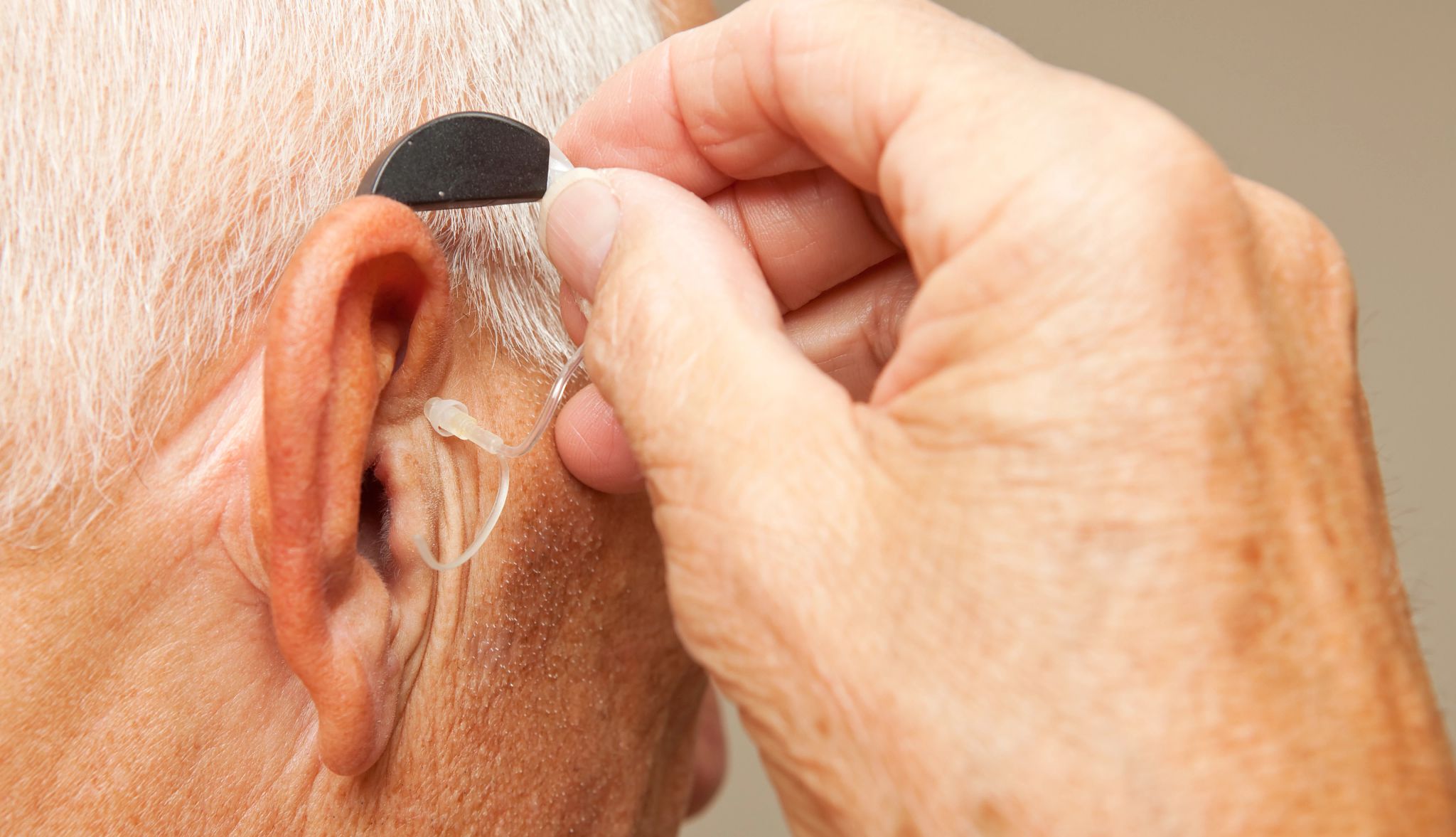







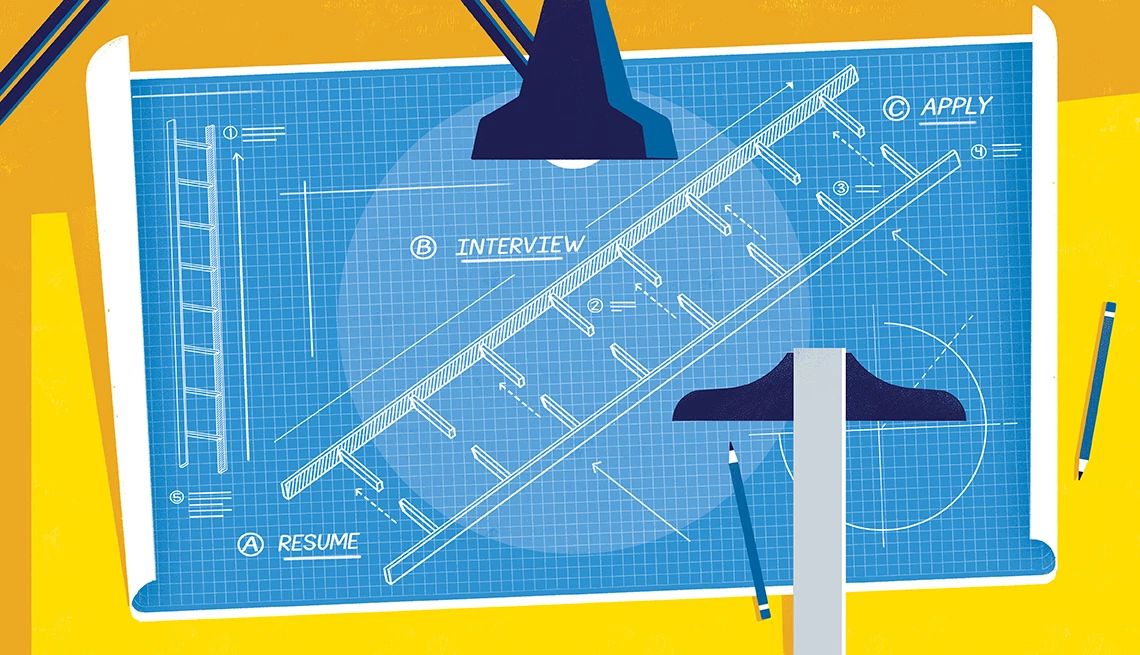



















































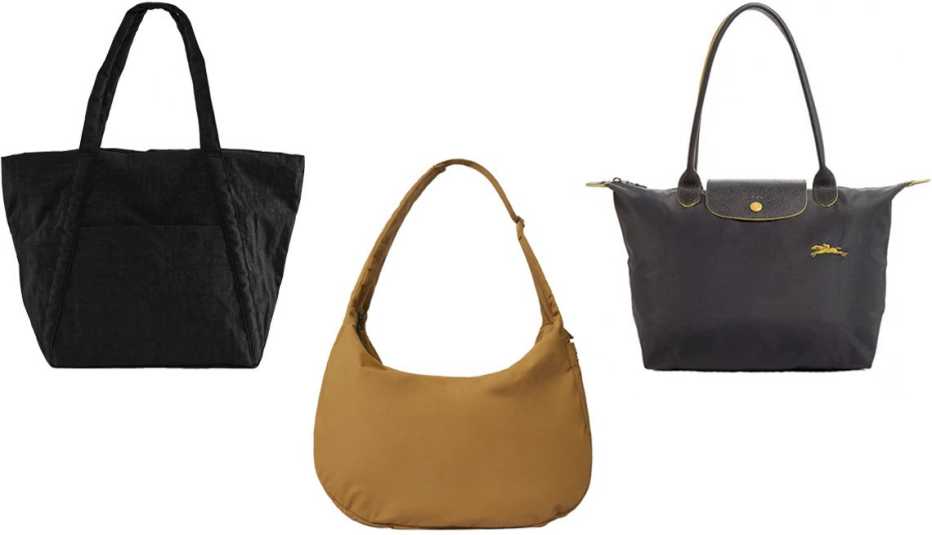


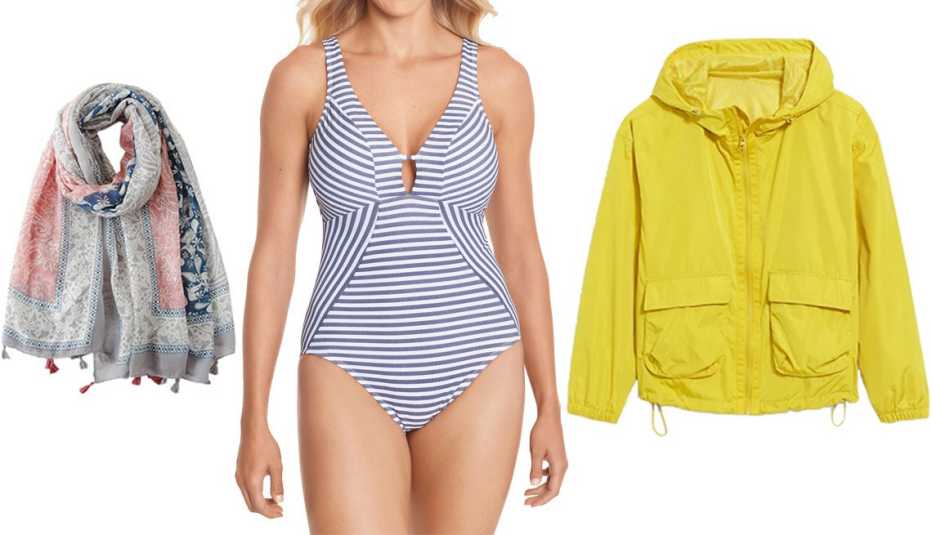
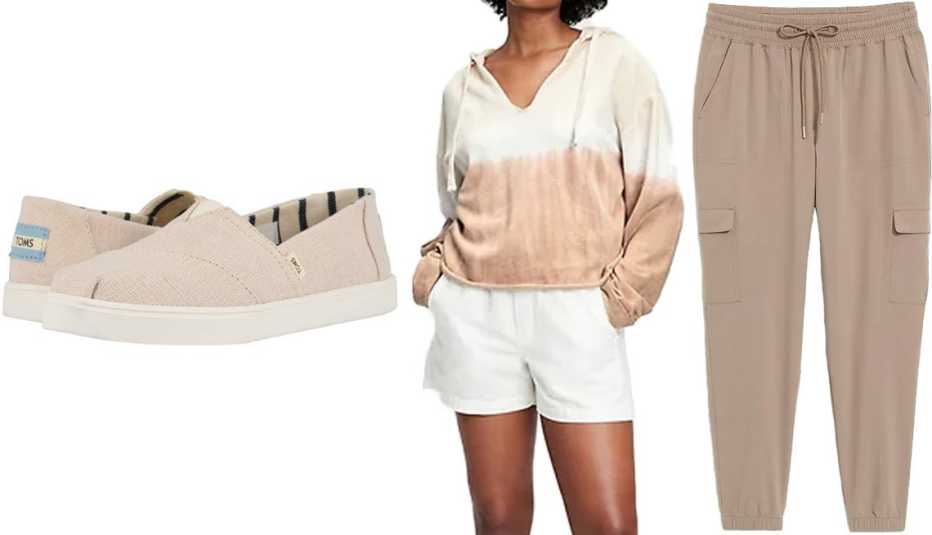
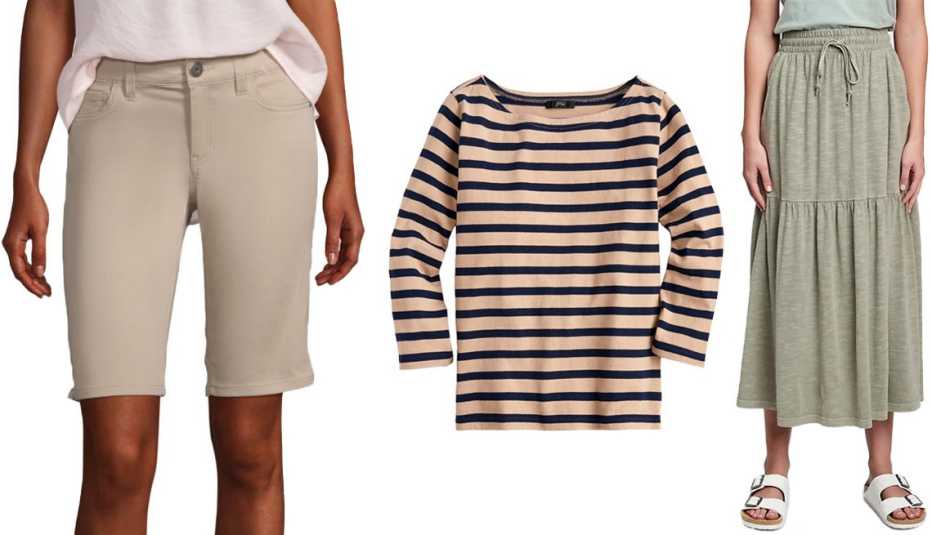
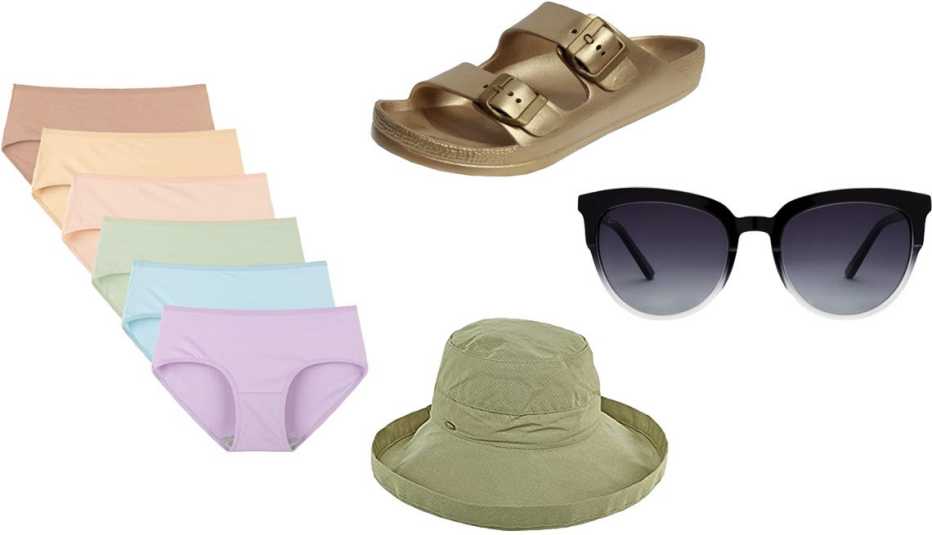
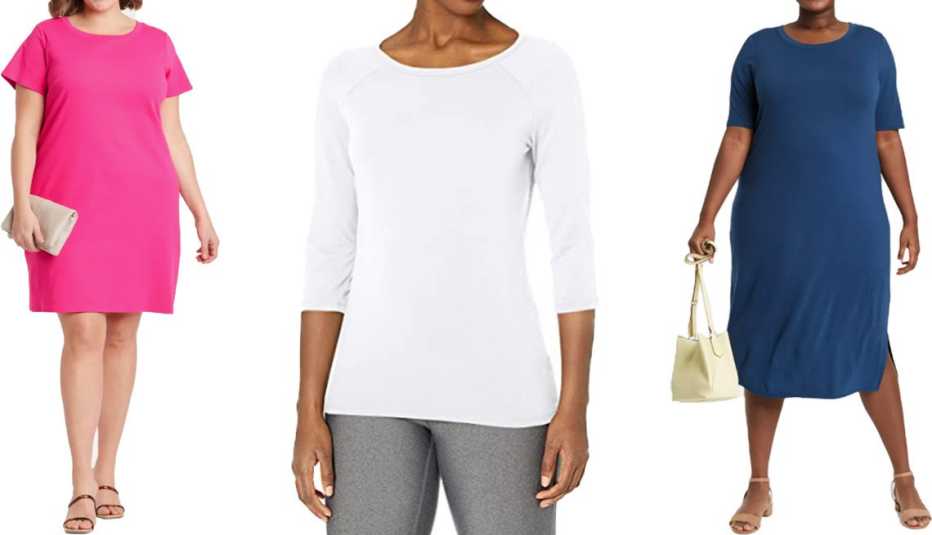
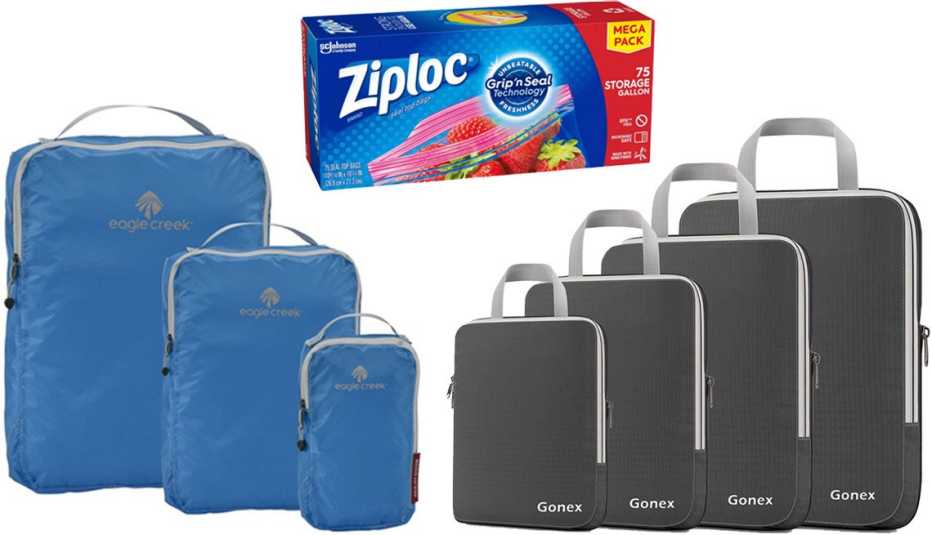
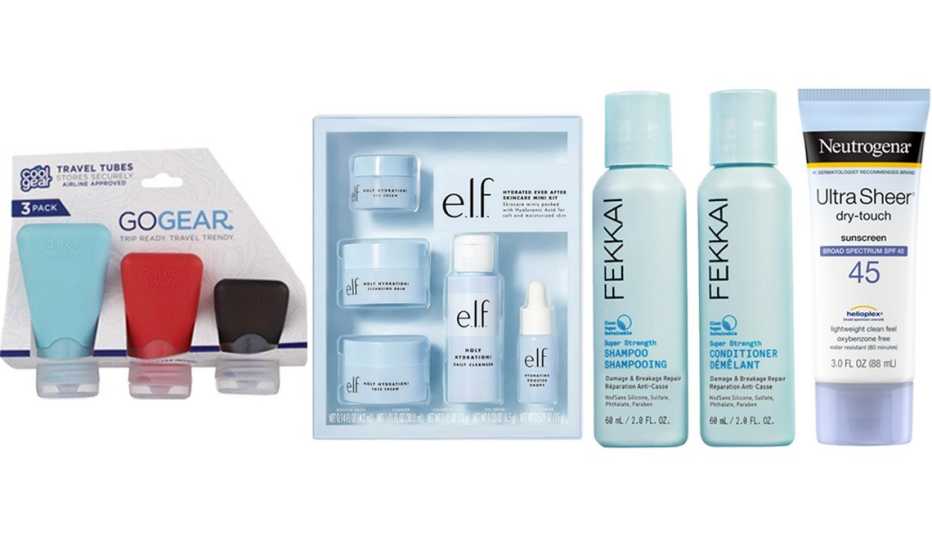
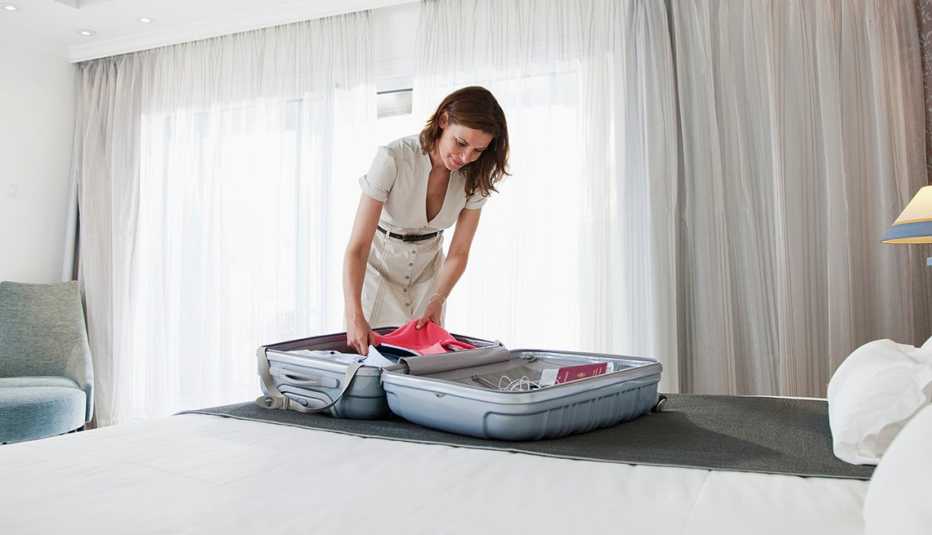
More on entertainment
11 Ways to Do Less and Look Better All Summer
Pare down your daily routine and enjoy the free time
Do's and Don't's of (Almost) Post-Pandemic Travel
An anxious traveler hits the road with his family and tries to navigate the new normalRecommended for You